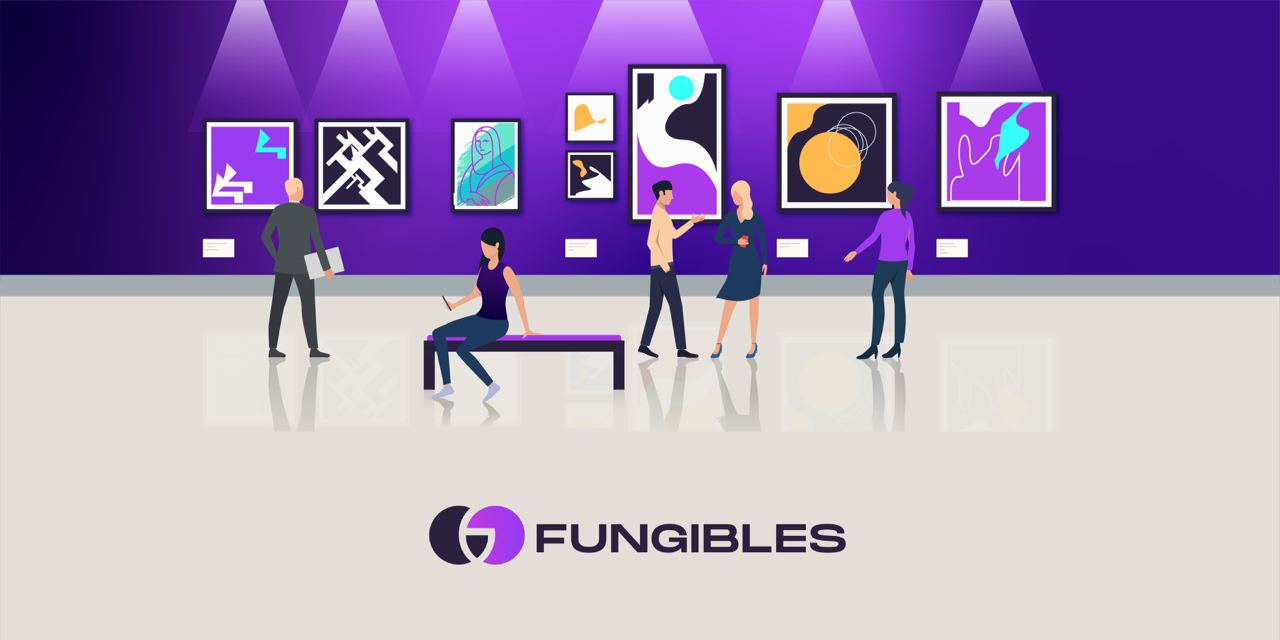30/11/2021 Can You Buy a Part of an NFT? Supporting Artists from Around the Globe

A non-fungible token, or NFT, is distinguished by the fact that it is uniquely indivisible. The cornerstone of anything non-fungible is that it is one-of-a-kind and non-transferable. Furthermore, each NFT can only have one owner, and no two NFTs are alike.
Thus to switch it up and make NFTs even more desirable, the notion of fractionalized NFTs (F-NFTs) was born. Allowing NFT owners to mint tokenized fractional NFTs and share asset ownership with others. A high-value item, such as real estate or a luxury boat, is sometimes out of reach for the average person.
It's here that fractional NFTs come into play, allowing users to invest a decent amount of money to earn partial ownership of a high-value asset.
Anyone may possess a high-value asset at a reasonable cost, thanks to fractional NFTs. So, how do you fractionalize an NFT? For example, to fractionalize a purchase on Ethereum, the NFT owner splits the ERC-721 (indivisible and non-fungible) token into numerous ERC-20 (fungible and divisible) tokens. As a result, each ERC-20 token represents a percentage of the asset's NFT.
A key industry that may benefit from F-NFTs is art; this ensures swift monetization and market expansion. Collectibles, real estate, gaming, and even music are other businesses that might benefit from this new product type.
And that’s where Gofungibles steps in as the harbinger for up-and-coming artists. Their unique selling point is their capacity to break down barriers to entry and silos by offering fractionalized FT ownership and accepting NFTs from any artist or content creator.
GoFungibles tapped into Fractionalized NFTs at the right time as they are a novel addition to the Defi and Blockchain economy's fast-growing industry. GoFungibles makes it easier to sell a valuable and pricey NFT to several customers quickly.
This is accomplished by allowing NFT token owners to divide their ERC721 tokens into ERC20 Tokens or Fungibles tokens. The fractionalized chunks of NFT are then traded on the GoFugibles marketplace after being locked within a smart contract. This strategy also aids in increasing the NFT's overall value.
Furthermore, there’s another incentive associated with artists- you may donate to your favorite artists, which provides a terrific incentive for them to create more high-quality work. This functionality is available outside of the blockchain environment, but it is not used in the FT markets.
GoFungibles strives to promote and spotlight talent while also allowing them to make more money for their assets. A simple interface that will enable members of the public to give to their favorite artists and non-profits. The cash given will be paid to the artist and added to NFT's worth.
All in all, it is a platform packed with functionality that is committed to delivering cutting-edge NFT monetization options and experiences to existing and new NFT users. Some of the following supplementary features will be used to incentivize the creators of these NFTs better while also fostering a competitive environment:
- With the debut of the platform- provide an exclusive range of NFTs.
- For special FT drops, collaborate with well-known musicians and influencers.
- Assist the artist in displaying their work (paid ads).
- Top sales will get access to media blasts, mentions in email newsletters, and even tailor-made content such as press releases.
- When an asset is exchanged numerous times, smart contracts keep track of the asset's current and past owners.
As a result, GoFungibles being a terrific platform, allows emerging artists to explore their potential in this competitive field. Simply by earning leverage on their art, honing their NFT abilities, and receiving the exposure that their creativity so richly deserves.
 (0)
(0)
 (0)
(0)
